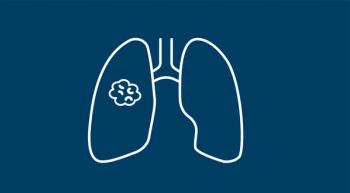
Lazertinib reduced the risk of progression by 55% in patients with EGFR-mutated advanced non–small cell lung cancer compared with gefitinib.
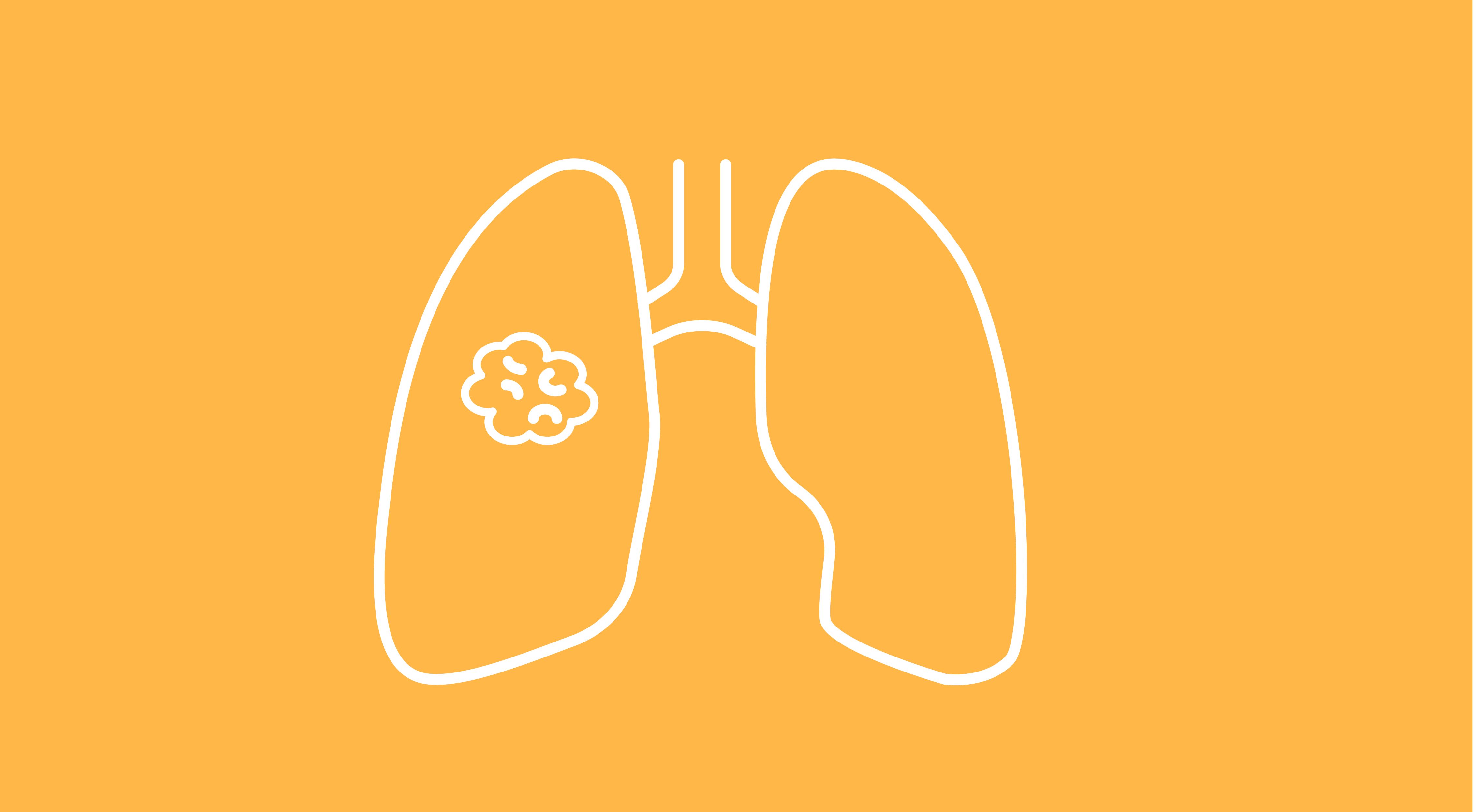
Osimertinib Is Considered Standard of Care for Patients With Resected EGFR+ NSCLC
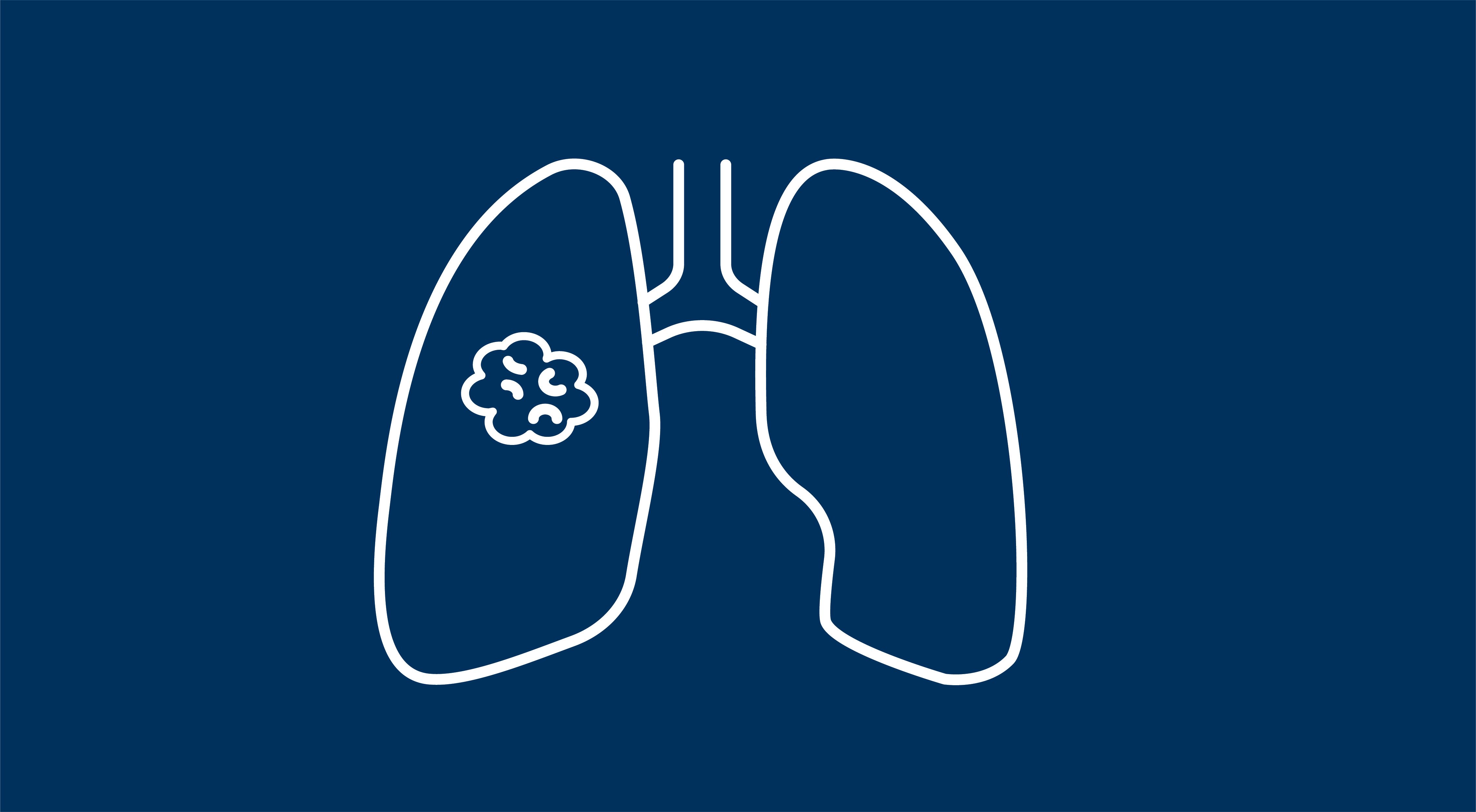
Antibody-Drug Conjugates Represent Key Area of Focus in Lung Cancer Research

Lazertinib reduced the risk of progression by 55% in patients with EGFR-mutated advanced non–small cell lung cancer compared with gefitinib.

Findings from the phase 1b cohort of the KRYSTAL-1 trial underscore the intracranial permeation of the KRAS G12C inhibitor adagrasib for patients with non–small cell lung cancer with untreated central nervous system metastases.
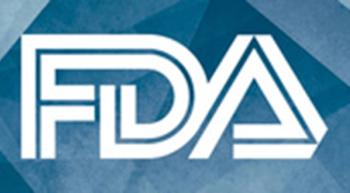
The FDA has launched a priority review of repotrectinib based on data from the phase 1/2 TRIDENT-trial.

Frontline chemoimmunotherapy was associated with improved median overall survival, compared with chemotherapy alone, in patients with advanced non–small cell lung cancer.

Novel strategies for patient education can help to build trust in and decrease the fear of lung cancer screening among patients.

Numerical, but not statistically significant, improvements in survival were observed in patients with TKI-resistant, EGFR-mutated, metastatic nonsquamous non–small cell lung cancer who received pembrolizumab to pemetrexed and platinum-based chemotherapy.

Adjuvant osimertinib reduced the risk of death by 51% compared with placebo for patients with EGFR-mutated, stage IB, II, or IIIA non–small cell lung cancer.
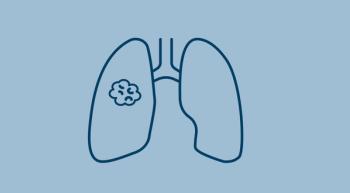
Pembrolizumab before and after resection improves event-free survival outcomes for patients with early-stage NSCLC, according to findings from KEYNOTE-671.

Prospective phase 2 data demonstrated that aumolertinib, followed by salvage stereotactic radiation therapy, elicited responses in patients with intracranial oligometastatic EGFR-mutant non–small cell lung cancer.

The addition of toripalimab to perioperative chemotherapy led to a statistically significant improvement in event-free survival for patients with non–small cell lung cancer.

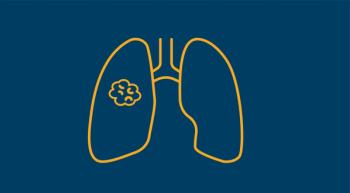
The pathologic complete response rate with durvalumab was 17.2% vs 4.3% with placebo, reflecting an absolute difference of 12.9%.

Patients with TKI-naïve and crizotinib-pretreated ROS-positive non–small cell lung cancer continued to show responses to treatment with taletrectinib.
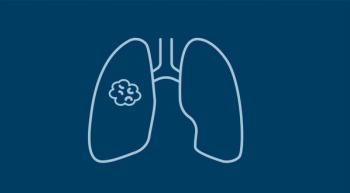
At a median follow-up of 33.3 months, the median overall survival was not evaluable with cemiplimab, vs 20.7 months with chemotherapy alone, in this patient subset.

In a subset of patients with KRAS G12C–mutated non–small cell lung cancer, adagrasib yielded an overall response rate of 68%.

Olanzapine demonstrated efficacy in improving appetite and weight gain in patients receiving cytotoxic chemotherapies.

Nivolumab/ipilimumab may offer superior overall survival to those with non–small cell lung cancer and solid tumor histology vs acinar histology.

At a median of 44.1 months follow-up, the median event free survival was not reached with nivolumab plus chemotherapy vs 21.1 months with chemotherapy alone.

Adding cemiplimab to platinum-doublet chemotherapy improved overall and progression-free survival in patients with advanced non-small cell lung cancer.

Patients with non-small cell lung cancer harboring exon 20 insertion mutations whose disease progressed after platinum-based chemotherapy continued to show responses to amivantamab in a long-term analysis of the CHRYSALIS trial.

Patients with metastatic squamous non–small cell lung cancer experienced a clinically meaningful survival benefit when treated with pembrolizumab in combination with chemotherapy.

Patritumab deruxtecan generated activity in patients with metastatic or unresectable EGFR-mutated non–small cell lung cancer and HER3-expressing breast cancer.

Patients with stage IB, II, or IIIA, EGFR-mutated non–small cell lung cancer derived benefit with adjuvant osimertinib.

In both the KEYNOTE-641 and KEYNOTE-789 trials, pembrolizumab, in addition to standard therapies, did not improve survival outcomes in their target populations.

Pembrolizumab has been approved by the FDA as an adjuvant treatment for patients with stage IB, II, or IIIA following resection and platinum-based chemotherapy.